We love the guys at 'Merica Labz for doing everything American style – that means going big and pushing the boundaries of convention in the best tradition of American ingenuity.
To celebrate Black Friday 2022, they've really outdone themselves with an updated version of F-BOMB, an absolute monster of a stimulant-based workout whose effects will be felt by even the most level-headed among us. While we love their other pre-workouts like the original Red, White, & BOOM and the fat-burning hybrid NAPALM Red, White, & Boom, F-Bomb is for those looking for a little...actually a lot... more.
Do it for America
F-BOMB is going to put you over the top on that final rep, that last mile, or those last few dozen bleacher reps – and you won't just be doing it for yourself, you'll also be doing it for America.
Inside, we've got 473 milligrams of total caffeine paired with a whole slew of stimulants, including synephrine, theobromine, and coffee fruit extract. On the pump side, we have Nitrosigine and FitNox put together, a combination that's becoming popular. This is no joke and most will want to do a half-scoop.
Below, we detail the formula per the late 2022 release, which was out in four new flavors. The new flavors will be highlighted in yellow below:
Merica Labz F-Bomb – Deals and Price Drop Alerts
Get Price Alerts
No spam, no scams.
Disclosure: PricePlow relies on pricing from stores with which we have a business relationship. We work hard to keep pricing current, but you may find a better offer.
Posts are sponsored in part by the retailers and/or brands listed on this page.
Merica Labz F-Bomb Ingredients (August 2022 Edition)
In a single 1 scoop (15.1 gram) serving of F-BOMB from 'Merica Labz, you get the following:
-
Beta-Alanine – 6,400 mg
First we have beta-alanine, an endurance-boosting ingredient whose efficacy is so great that it's been a standard pre-workout ingredient for over a decade.
Beta-alanine is an amino acid that combines with L-histidine, another amino acid, to produce carnosine, which your body uses to remove lactic acid from muscle tissue.[1] Since the buildup of lactic acid in muscle tissue causes muscles to feel fatigue during exercise, removing it more efficiently means your muscles can work harder for longer.
Studies on beta-alanine supplementation have repeatedly shown it can improve overall athletic performance by increasing time to exhaustion[2,3] and power output,[4] while improving body composition in the long-run.
The specific dose used in F-BOMB, 6.4 grams per day, is twice the dose that's been validated as efficaciousby two different meta-analyses, which both concluded that a mere 3,200 mg benefits the performance of any exercise between 30 seconds and 10 minutes in duration.
-
Nitrosigine (as inositol-stabilized arginine silicate) – 1,500 mg
Nitrosigine is a chemical complex of the amino acid arginine, the carbohydrate inositol, and potassium silicate,[5] sometimes referred to by the abbreviation ASI. The point of Nitrosigine is to increase the bioavailability of arginine, an amino acid that falls under the category of "semi-essential" or "conditionally essential," meaning that although your body can synthesize some arginine endogenously, it can't necessarily make enough to cover all of your metabolic requirements, particularly when you're sick or stressed.[6]
Arginine is important to human biochemistry because of its role in nitric oxide (NO) production. Arginine is an NO precursor, the discovery of which led to decades of attempts to raise NO blood levels through arginine supplementation. Although marginally effective, this approach was eventually deemed inefficient due to arginine's low oral bioavailability.
A new study published in late 2021 showed that Nutrition21's Nitrosigine improves working memory and cognitive function in healthy young adults[15]
Nitrosigine increases arginine bioavailability by using inositol and potassium silicate to buffer it against the enzyme arginase,[7] which ordinarily degrades arginine in your stomach before it can be absorbed by your intestines.[8]
Nitrosigine does a great job as a delivery vehicle for arginine: supplemental Nitrosigine has been shown to significantly increase NO production just 30 minutes after ingestion, for a period of up to six hours.[9,10]
Elevated levels of NO in your blood mean increased vasodilation, a mechanism that expands your arteries' diameter to permit a greater throughput of blood.[11]
Better circulation means that oxygen and nutrients get delivered to your cells more efficiently – and waste products get removed more efficiently as well.
Both of these effects can not only increase athletic performance, but also speed up recovery following exercise.[12]
The added nootropic effects of nitric oxide from Nitrosigine
Not only does Nitrosigine immediately boost N.O. levels, it keeps them elevated for a period of up to 2 weeks!
However, arteries deliver blood to your entire body, so unsurprisingly, increased NO doesn't only have physical benefits – mental and cognitive benefits attend higher NO levels as well!
For example, Nitrosigine supplementation has been shown to prevent the temporary cognitive impairment that is typically caused by intense exercise.[13]
But even in non-exercisers, Nitrosigine has been shown to improve task switching, a measure of cognitive flexibility and multitasking.[14] Newer research published at the end of 2021 also demonstrated improvements to short-term memory as well.[15]
-
L-Tyrosine – 1,000 mg
Tyrosine usually makes an appearance in pre-workout formulas because it's an important precursor to catecholamine neurotransmitters like dopamine and adrenaline, which most readers are probably familiar with already.[16] By increasing your levels of these neurotransmitters, tyrosine supplementation can trigger energy mobilization, the release of energy substrates like glucose and fatty acids into your bloodstream, enabling your cells to take them up and burn them for energy.
Because adrenaline helps trigger the fight or flight response to acute stress, and dopamine is involved with mood, focus, and motivation, increasing catecholamine production can definitely help you get through a tough workout, and perform your best.
Tyrosine synergizes well with another ingredient in the F-BOMB formula, namely caffeine: while tyrosine increases catecholamine production, caffeine actually triggers the release of catecholamines into your bloodstream, where they circulate throughout your body. The upshot of this one-two punch is significantly elevated mood and increased energy utilization (metabolic rate).[17]
Tyrosine also affects your body's metabolism more directly by supporting thyroid hormone production and increasing thyroid function.[18-20] As an important precursor to the synthesis of triiodothyronine (T3) thyroxine (T4), tyrosine can help combat the anti-thyroid effects of intense exercise and calorie restriction,[21,22] something that most serious athletes and gym goers have practiced on a semi-regular basis.
Tyrosine can also help manage stress, especially in sleep-deprived people.[23] In fact, tyrosine might even be better at helping people cope with fatigue than caffeine,[24,25] which is saying a lot!
-
Caffeine Anhydrous – 400 mg (of 473 mg total caffeine)
Caffeine is another pre-workout classic, and for equally good reason.
As most of us probably know, caffeine helps fight fatigue. It does this by inhibiting the action of adenosine, a metabolic byproduct that builds up in our brain during waking hours and produces feelings of tiredness as it accumulates.[26,27]
Too much caffeine, but still want it strong? Then try the OG Red, White, & BOOM Pre Workout!
Caffeine's anti-adenosine effect, which is mediated by caffeine's ability to block adenosine receptors, is the main reason why tired people the world over reach for that extra mug of tea or coffee...
But caffeine affects your body's energy levels in other important ways too. It also inhibits phosphodiesterase, the enzyme that breaks down cyclic adenosine monophosphate (cAMP).[26,27]
Because cAMP regulates the rate at which your body burns carbs and fat for energy,[28] higher cAMP levels mean more energy availability at the cellular level. Raising cAMP levels through phosphodiesterase inhibition is the main reason why caffeine has ergogenic properties – it increases not just mental but also physical and athletic performance.
In other words, increased cAMP means a higher metabolic rate, and in caffeine's case, a higher rate of fat burning specifically. According to one study, caffeine may increase your body's rate of fat burning by an incredible 50%.[29]
This can not only fuel your workout, but also help you achieve your body composition goals faster by increasing the number of calories you burn every day!
Caffeine is incredibly well studied, with dozens if not hundreds of excellent peer-reviewed studies showing that caffeine consumption can increase strength, endurance, and power.[30]
The use of caffeine also can have significant nootropic effects – beyond merely fighting feelings of fatigue, it has been shown to produce faster reaction times,[31] improved attention,[31,32] and higher alertness.[32]
Caffeine might also increase working memory,[33] the main determinant of fluid intelligence that is known to decrease as we age.[33]
Hard to say enough good things about caffeine – if you can tolerate it. Not everybody can, and over 400 milligrams is a pretty big dose to take all at once, so if you aren't sure whether you can handle it, start with smaller amounts of caffeine and taper up to the full dose.
That's strong, but now here's where things get really fun:
-
Alpha GPC 50% (L-Alpha-Glycerylphosphorylcholine) – 300 mg
This highly bioavailable form of choline is capable of crossing the blood-brain barrier,[34] which enables it to effectively function as a precursor to acetylcholine, a neurotransmitter that we often call the "learning neurotransmitter" because of how crucial it is for learning, memory, attention, and alertness.[35,36] Choline is critical for brain development,[37] and is a de-facto nootropic ingredient.
But acetylcholine's ability to promote interneuronal communication[38] ends up affecting more than just mental processes: balance and coordination appear to be improved by acetylcholine as well.[39]
Although Alpha GPC is a form of choline that's specialized for brain effects, it's also worth mentioning that choline is important for fat burning[40-43] and helps your body retain dietary carnitine. Carnitine helps your body burn fat for energy.[44-46]
Not getting enough choline is pretty bad – it can cause non-alcoholic fatty liver disease (NAFLD), cognitive dysfunction, and general organ damage.[47-49]
-
FitNox® (as Moringa oleifera Leaf Extract, Punica granatum Extract & Kaempferia parviflora Extract) – 250mg
FitNox is a plant-based NO booster designed by Glanbia Nutritionals. It consists of three different botanical extracts that were selected for their synergistic effect on NO production.
FitNox has been shown to express some significant performance benefits! Image courtesy Glanbia Nutritionals
One 2018 study found that a 250 mg dose of FitNox is able to upregulate salival and serum nitrate and nitrite levels by over 300% after just one dose. In that study, the effect lasted for 10 hours or more![50]
In another study, subjects who took 250 mg of FitNox for 22 days not only had higher NO levels, but also had longer time to exhaustion and lower levels of compounds that induce muscular fatigue.[51] In this study subjects were also found to have higher dopamine levels,[51] which is a boon for motivation and focus, and can definitely help you adhere to a challenging nutrition and fitness regimen.
The mechanism of action behind FitNox is upregulation of nitric oxide synthase, the enzyme that your body uses to produce NO.
-
Dicaffeine Malate – 100 mg (yields 73 of 473 mg total caffeine)
Dicaffeine malate has the usual effects of caffeine,[52-55] but a different energy curve: it acts slower and over a longer period of time than caffeine anhydrous.
This naturally leads to a gentler buzz without nearly as much of an energy crash as the caffeine inevitably wears off.
The reason this happens is the malic acid molecule bound to the caffeine acts as a kind of digestive buffer, basically slowing down your body's absorption of the caffeine molecule.
Stacking dicaffeine malate with caffeine anhydrous can help give you the best of both worlds: fast-acting anhydrous for an immediate boost, plus the malate form to help manage withdrawals.
Note that this brings our caffeine total up to 473 milligrams - a not small dose - since dicaffeine malate is about 73% caffeine by weight.
-
CognatiQ (Whole Coffee Fruit Extract) (Coffea Arabica) - 100 mg
Formerly known as NeuroFactor, CognatiQ is a coffee fruit developed with focus and cognition in mind. It works by increasing brain-derived neurotrophic (BDNF) expression.[56] BDNF is a protein that supports the maintenance, growth, and overall survival of neurons in the brain.[57,58] It helps regulate neuroplasticity (the ability for the brain to respond and reshape when learning) in the hippocampus, the site of long-term potentiation (LTP).[59]
Research has shown a strong correlation between cognitive performance and high BDNF levels in the blood.[57-62] In fact, higher levels of BDNF seem to help protect the brain from neurodegenerative diseases,[57,58,61,62] while low levels increase the risk for such illnesses.[62]
When boosting BDNF, we often see improved cognitive performance, but have also seen a boost in aerobic exercise as well![60]
A research study showed that a 100-milligram dose of coffee fruit extract -- what we have here in F-BOMB -- can boost BDNF levels in the blood by nearly 150%![56]
We've also noticed, anecdotally, that supplements with NeuroFactor / CognatiQ simply feel better. Great to have it here.
-
Theobromine - 100mg
One of caffeine's three major metabolites, theobromine is another methylxanthine, but with longer-lasting, milder effects than caffeine. This may help the energy from F-BOMB stick around longer... as if we needed more methylxanthine support!
Theobromine has research backing its use as an anti-inflammatory ingredient, appetite suppressant, and can provide cardioprotective effects.[63,64]
Like caffeine, theobromine inhibits adenosine and phosphodiesterase.[63] It's milder, but longer-lasting, with a greater half-life than caffeine.[65]
We often like to cite a study that discovered that theobromine increases ratings of feel for users.[65] And that's what the 'F' in F-BOMB stands for.... right??
-
Synephrine HCl – 30 mg
Synephrine is a powerful beta agonist that targets the beta-3 adrenoceptor more than the beta-2 one,[66] leading to some potent energetic and thermogenic effects.
Synephrine is a much quicker beta-agonist than Higenamine, another common ingredient in fat burner supplements.
Specifically, synephrine does a great job binding to the beta-3 adrenergic receptors in your body's adipose (fat) tissue,[66] which, again, activates the cyclic adenosine monophosphate (cAMP) cascade and increases your body's ability to burn glucose and fat for energy.[67]
Interestingly, the beta-3 adrenergic pathway seems to have much less of an effect on heart rate of blood pressure, compared to the beta-2 adrenergic pathway,[66] meaning there's less cardiovascular downside to using synephrine.
Synephrine also, unsurprisingly, increases basal metabolic rate and decreases appetite,[66] making it another great ergogenic stimulant.
In one double-blind, placebo-controlled study from 2016, subjects who supplemented with synephrine burned significantly more fat during their workout than those who got a placebo.[68]
A 2015 study found that combining synephrine and caffeine – which F-BOMB does – provided an even greater increase in fat oxidation than other ingredient alone.[69]
Aside from the whopping dose of caffeine, this is really the ingredient that puts the 'F' in F-BOMB!
-
Huperzia serrata Extract (leaf and stem) (1% Huperzine A) – 10 mg
Huperzine A, like alpha-GPC, is here because of its effects on the acetylcholine system.
Need more fat burning support? The thermogenic Merica Labz NAPALM Red White & Boom pre-workout is back, and this time with a new Agent Blue flavor!
Whereas acetylcholine precursors like alpha-GPC increase acetylcholine production, huperzine A helps raise your acetylcholine levels by inhibiting the enzyme acetylcholinesterase, which is responsible for breaking down acetylcholine.[70]
This basically means that your acetylcholine levels fall more slowly, and stay elevated longer thus amplifying the effects of the alpha-GPC in F-BOMB.
Huperzine A works well enough at keeping acetylcholine levels high that huperzine A on its own significantly improves cognition and learning.[71]
Huperzine A also has antioxidant properties, and helps protect the mitochondria in your neurons from free radicals.[72]
Flavors Available
Leave it to 'Merica to come up with some colorful flavor names, with even more colorful imagery near each one:
The ones in yellow above are the new flavors released on Black Friday 2022. Other flavors, if available, will be gone soon, so grab them while you can
Drop the F-Bomb: A Pre-Workout that Lives Up to Its Name
F-BOMB lives up to its name – this is a truly explosive formula absolutely jam-packed with stimulants and pump agents to give you a huge burst of energy for your hardest workouts. With these changes, we expect F-BOMB sales to literally pop off.

Merica Energy Red White and BOOM cans have been given a proper restoration, and they're better than ever!
Stimmed up formulas work really well for some people – for other people, not so much. What gives one person a clean, sustainable buzz might give another the jitters and keep him up at night.
Ultimately, as with anything else, only you are responsible for assessing your tolerance. If you've never taken synephrine, for example, start with a partial scoop of F-BOMB and work your way up to a full scoop.
Of course, if you need to tone it down from Merica Labz, check out Red, White, and BOOM or NAPALM Red, White, and Boom. If you couldn't tell, alongside Merica Energy, this kind of product line is the future of Merica Labz.
Merica Labz F-Bomb – Deals and Price Drop Alerts
Get Price Alerts
No spam, no scams.
Disclosure: PricePlow relies on pricing from stores with which we have a business relationship. We work hard to keep pricing current, but you may find a better offer.
Posts are sponsored in part by the retailers and/or brands listed on this page.

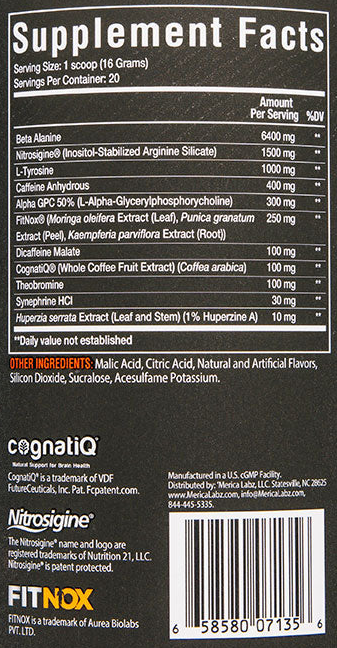
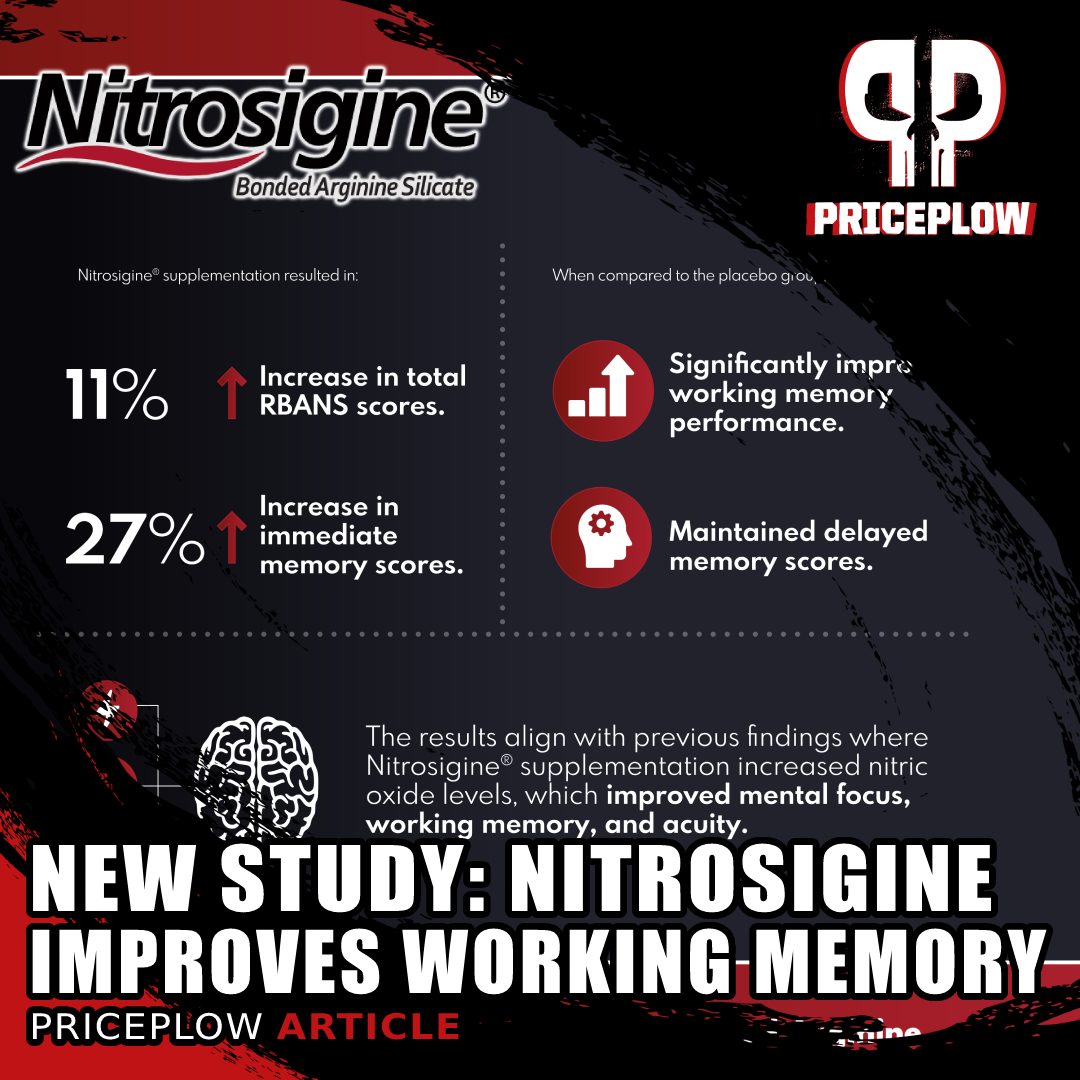
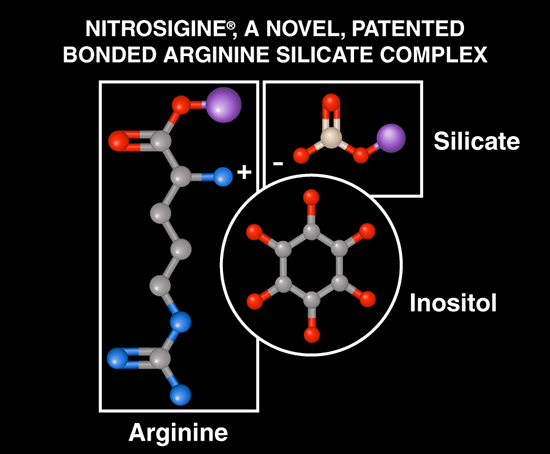
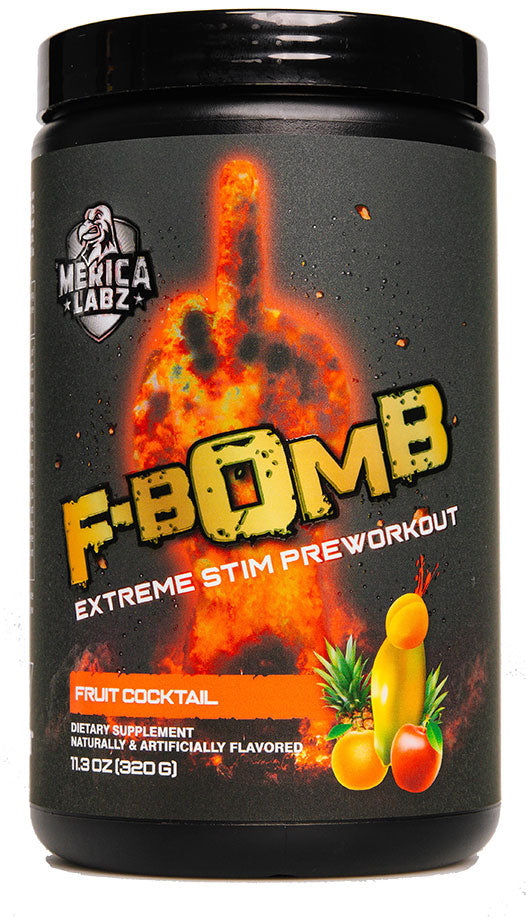


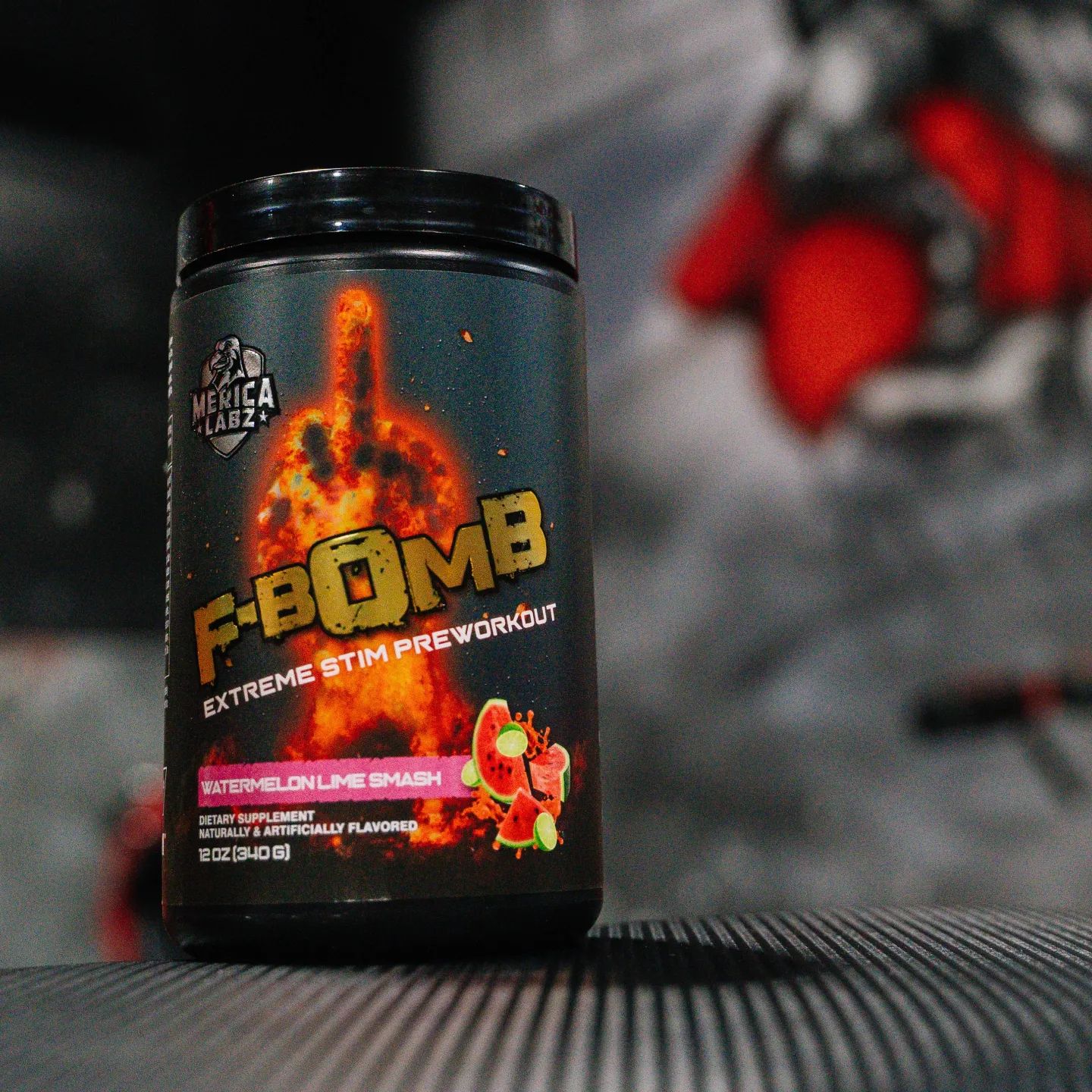
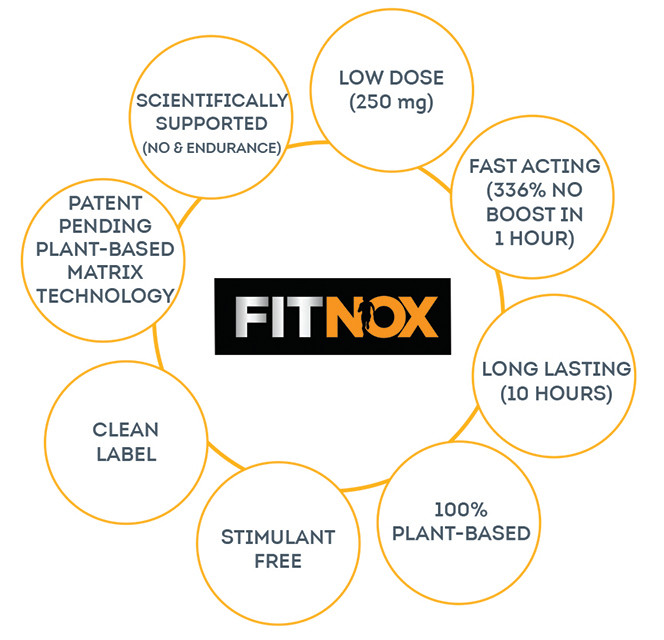
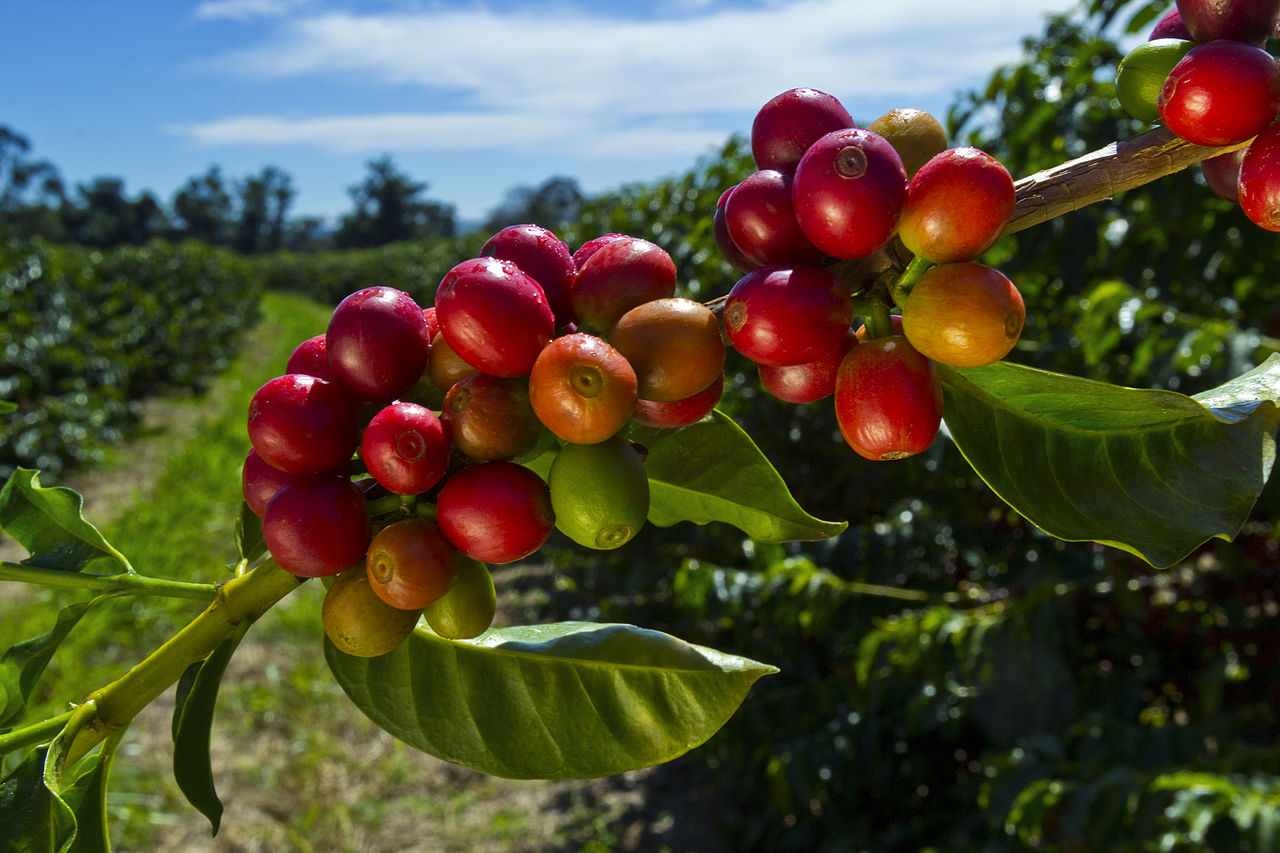
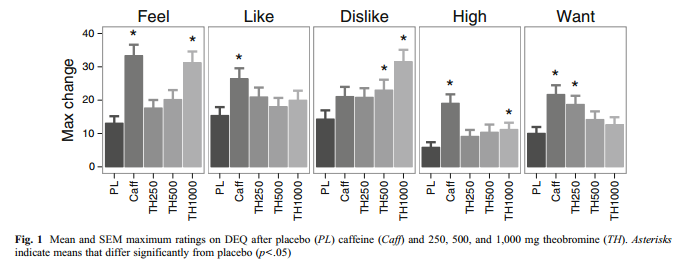
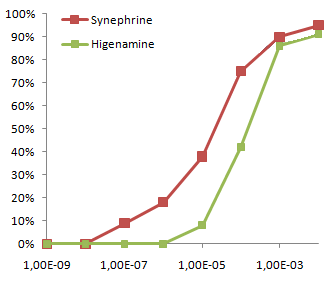




Comments and Discussion (Powered by the PricePlow Forum)